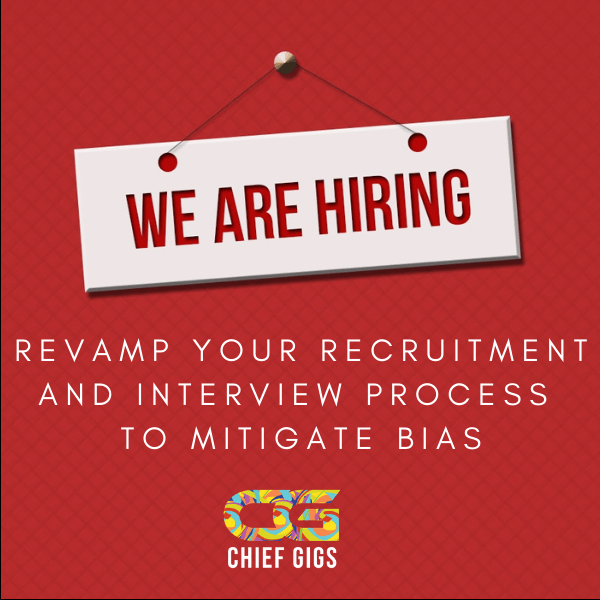This is part 1 of a 3-part series. You can find the introduction here.
In order to attain a racially inclusive and equitable workforce, institutions must track internal demographic data, define targeted goals to attract a diverse applicant pool, eliminate bias in the hiring process, and develop a culture that retains workers of color at all levels. Today, we will discuss tools and practices to help you do just that.
Using People Data for Hiring
When we hire, many times we use outdated job descriptions or have someone who is currently doing the job well in mind. We are not looking objectively about what the role actually requires. Using behavioral assessments can help mitigate bias. While Predictive Index tools were not designed specifically for DEI purposes, they can help promote inclusion by objectively matching the right person to the right job—regardless of race, religion, sexual orientation, or gender—and inspiring a diverse range of perspectives.
To begin, you must start with an objective job targeting process to create a job profile. Request feedback on the behaviors that this position requires to promote diversity of perspective from multiple stakeholders (such as the position’s supervisor, a coworker, or someone else currently in the role). As a group, stakeholders gain alignment around role priorities. They determine whether they are looking for someone who connects with others quickly and pays attention to detail or for a reflective, big-picture thinker. This helps achieve OBJECTIVITY prior to meeting any candidates.
As you prepare your job post, you also want to ensure that job requirements are inclusive and updated. For example, it’s no longer necessary to have “lifting 40 lb boxes for 8 hours a day” if there is automation that assists with transport. Ensure “nice-to-haves” are not limiting (i.e., saying you want to hire only from Ivy League universities when there’s not racial equity in the process of entering and graduating from one of those institutes).
Once you have posted your job, send all candidates a link to take a Predictive Index Assessment, which takes approximately 5 minutes to complete. This is an automatic step in my processes prior to reviewing any resumes to prevent any bias. Once candidates take the assessment, you will see each applicant’s behavioral profile matched to the job target that was created (see graphic below). Instead of reviewing hundreds of resumes, this step also helps you save valuable time. Depending on how many candidates you have, you can review any number of matches. My practice is that I interview all applicants with scores of 9 and 10 regardless of the number.
Blinded resumes
At this point, the recruiter may select the top matches, blind the resumes, and forward on to the hiring committee. This process helps us cut out the bias we have toward ethnicities, genders, or even graduates of certain schools.
Group interviews It’s natural to hire people who are like us. It is called affinity bias.

To combat this bias, implement group interviews or interviews with multiple applicants to ensure diversity of thought. On one occasion, after a client onboarded someone using the Predictive Index hiring process, he called to thank me. He admitted that he would’ve never interviewed and hired that candidate without the help of a new process.
Mitigating bias in your hiring process is not rocket science. It does take intentionality. For more information about smart hiring, check out this blog. Also click here to see how Predictive Index is promoting diversity, equity, inclusion, and belonging through the CHANGE@WORK movement.
Read the next blog in this series – Adding “Champions of Diversity, Equity, and Inclusion” To Your Core Competency

